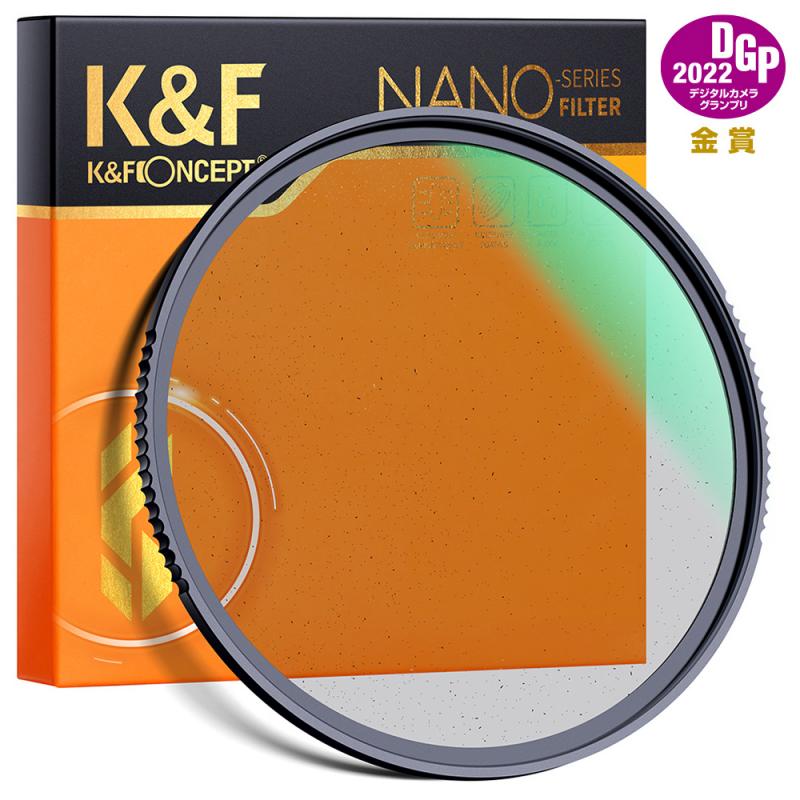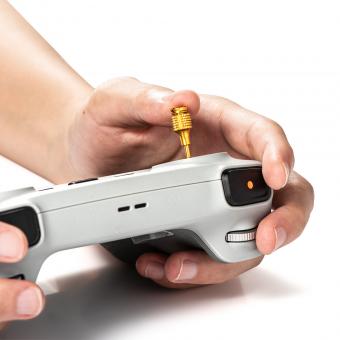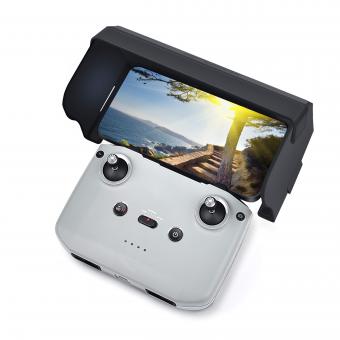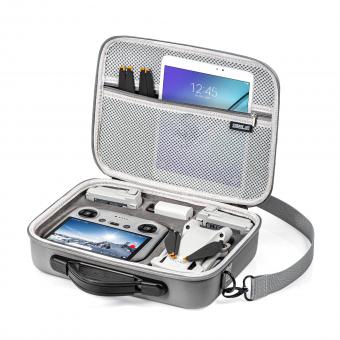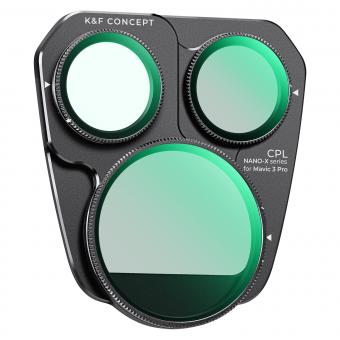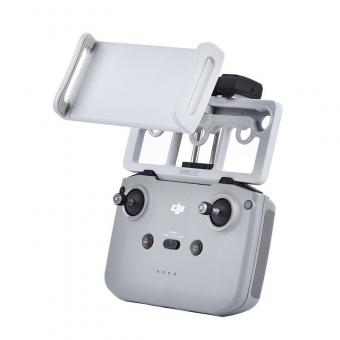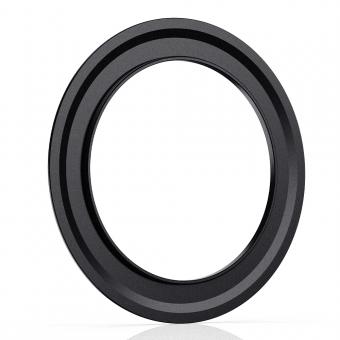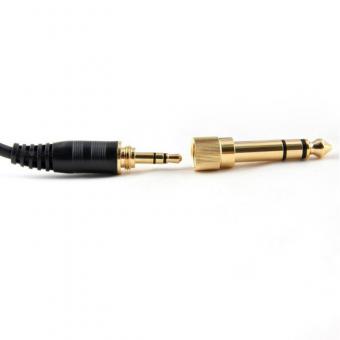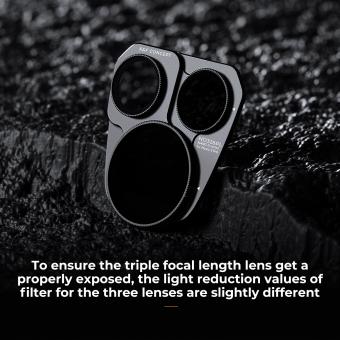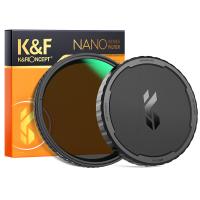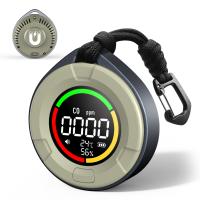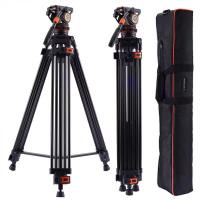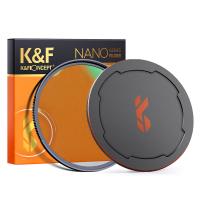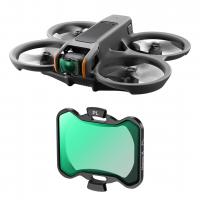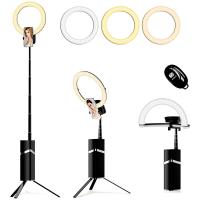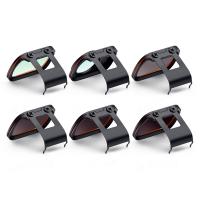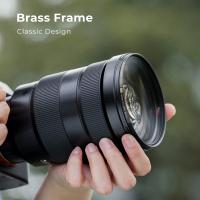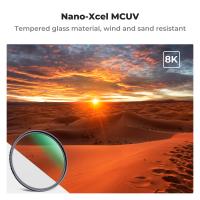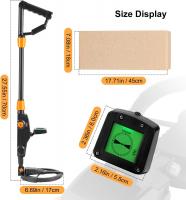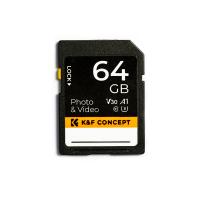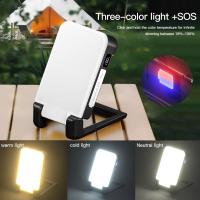How To Use Polar Pro Filters Mavic Pro ?
To use Polar Pro filters with the Mavic Pro drone, follow these steps:
1. Ensure that your Mavic Pro is powered off before attaching the filters.
2. Locate the camera gimbal on the front of the drone.
3. Gently remove the existing UV filter from the camera gimbal by twisting it counterclockwise.
4. Take the desired Polar Pro filter and align it with the camera gimbal.
5. Carefully screw the Polar Pro filter onto the camera gimbal by twisting it clockwise until it is securely attached.
6. Power on your Mavic Pro and start flying.
7. The Polar Pro filter will now enhance your aerial photography or videography by reducing glare, improving color saturation, and providing better contrast.
Remember to always handle the filters with care to avoid any damage. Additionally, it is recommended to familiarize yourself with the specific features and instructions provided by Polar Pro for your particular filter model.
1、 Types of Polar Pro Filters for Mavic Pro
Types of Polar Pro Filters for Mavic Pro
Polar Pro filters are essential accessories for drone photography and videography, as they help enhance image quality by reducing glare, improving color saturation, and increasing contrast. The Mavic Pro, a popular drone model from DJI, is compatible with a range of Polar Pro filters that can take your aerial footage to the next level.
1. ND Filters: Neutral Density (ND) filters are designed to reduce the amount of light entering the camera sensor, allowing you to achieve a slower shutter speed. This is particularly useful in bright conditions, as it helps create smoother and more cinematic footage. Polar Pro offers various ND filters, such as ND4, ND8, ND16, and ND32, each providing a different level of light reduction.
2. Polarizing Filters: Polarizing filters are used to reduce glare and reflections from surfaces such as water or glass. They also enhance color saturation and contrast, resulting in more vibrant and detailed images. Polar Pro's Polarizing filters for the Mavic Pro are available in different strengths, allowing you to choose the level of polarization based on your shooting conditions.
3. UV Filters: UV filters are primarily used to protect the camera lens from scratches, dust, and fingerprints. They also help reduce the bluish cast that can occur in certain lighting conditions. While the Mavic Pro's camera already has a built-in UV filter, adding an additional one from Polar Pro can provide extra protection.
To use Polar Pro filters with the Mavic Pro, simply attach the filter to the camera lens by screwing it on. Make sure to align the filter correctly and tighten it securely to avoid any movement during flight. Once attached, you can adjust the camera settings accordingly to achieve the desired effect.
It's worth noting that Polar Pro regularly updates their filter offerings to cater to the evolving needs of drone photographers and videographers. Therefore, it's recommended to check their website or consult with experts to stay up-to-date with the latest options and advancements in filter technology for the Mavic Pro.
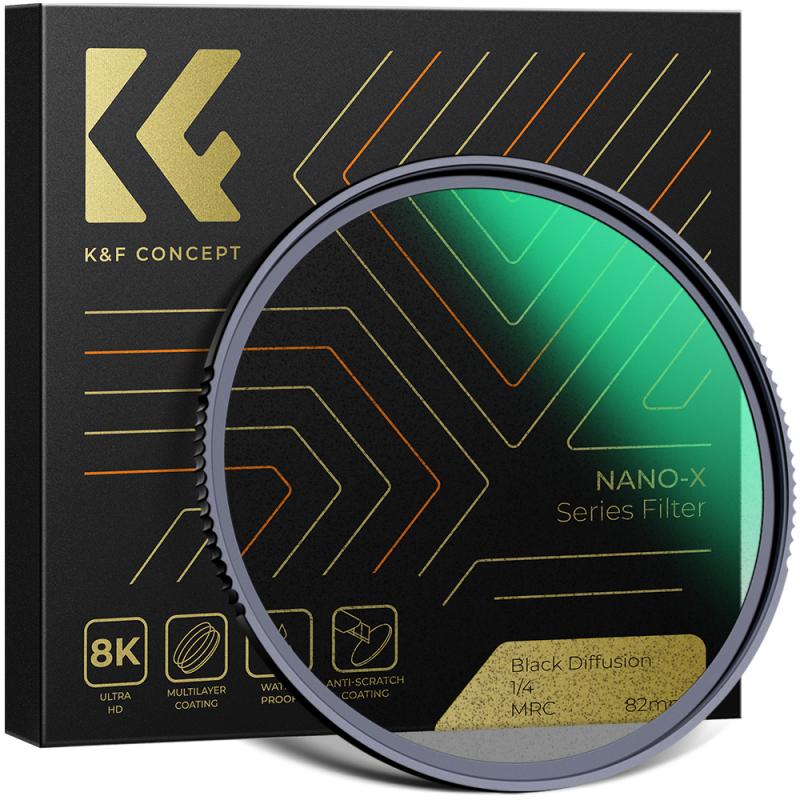
2、 Attaching Polar Pro Filters to Mavic Pro Camera
Attaching Polar Pro Filters to Mavic Pro Camera
To use Polar Pro filters with your Mavic Pro camera, follow these steps:
1. Choose the right filter: Polar Pro offers a range of filters for the Mavic Pro camera, including ND filters, polarizers, and UV filters. Determine the type of filter you need based on the lighting conditions and the effect you want to achieve.
2. Remove the original lens cover: Start by removing the original lens cover from the Mavic Pro camera. This will expose the lens and allow you to attach the Polar Pro filter.
3. Align the filter: Take the Polar Pro filter and align it with the camera lens. Make sure the threads on the filter match the threads on the camera lens.
4. Screw on the filter: Gently screw the filter onto the camera lens in a clockwise direction. Be careful not to overtighten it, as this could damage the lens or the filter.
5. Adjust the filter: Once the filter is securely attached, you can adjust it to achieve the desired effect. For example, if you're using a polarizer, you can rotate it to reduce glare and enhance colors.
6. Check for compatibility: It's important to note that not all Polar Pro filters are compatible with the Mavic Pro camera. Make sure to check the product specifications and compatibility before purchasing a filter.
The latest point of view on using Polar Pro filters with the Mavic Pro camera is that they can greatly enhance the quality of your aerial photography and videography. ND filters, for example, can help you achieve a more cinematic look by reducing the amount of light entering the camera. Polarizers can improve color saturation and reduce reflections, especially when shooting near water or in bright sunlight. UV filters can protect the camera lens from scratches and dust. Overall, using Polar Pro filters with your Mavic Pro camera can elevate your aerial photography to the next level.
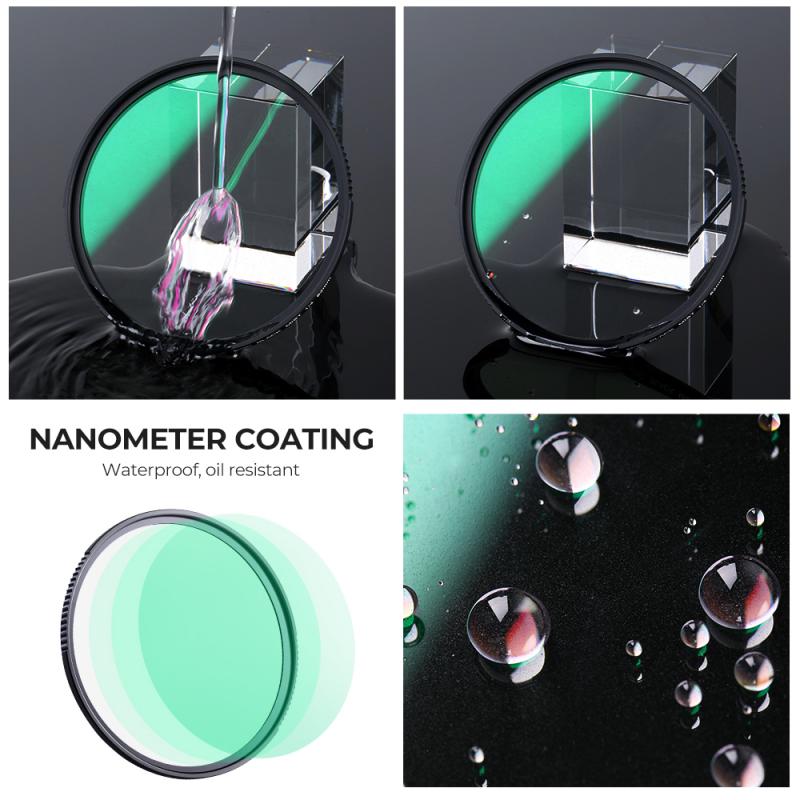
3、 Adjusting Polar Pro Filters for Optimal Image Quality
Adjusting Polar Pro Filters for Optimal Image Quality
To use Polar Pro filters with your DJI Mavic Pro drone, follow these steps to ensure optimal image quality:
1. Choose the right filter: Polar Pro offers a range of filters for different lighting conditions. Determine the lighting conditions you'll be shooting in and select the appropriate filter. For example, a neutral density (ND) filter is ideal for bright sunny days, while a polarizing filter can reduce glare and enhance colors.
2. Attach the filter: Remove the original lens cover from your Mavic Pro camera and carefully attach the Polar Pro filter. Make sure it is securely fastened to avoid any movement or vibration during flight.
3. Adjust the filter angle: Once the filter is attached, you can adjust its angle to achieve the desired effect. For polarizing filters, rotate the outer ring to reduce glare and enhance colors. Experiment with different angles to find the best results.
4. Calibrate the gimbal: After attaching the filter, it's important to calibrate the gimbal to ensure proper balance. Follow the instructions provided by DJI to calibrate the gimbal before taking off.
5. Monitor the image: While flying, keep an eye on the live feed from your Mavic Pro camera to monitor the image quality. Adjust the filter angle if necessary to achieve the desired effect.
6. Post-processing: After capturing your footage or images, you may need to make some adjustments during post-processing. Use software like Adobe Lightroom or DJI's own editing tools to fine-tune the colors, contrast, and exposure as needed.
It's worth noting that technology and advancements in drone cameras and filters are constantly evolving. Therefore, it's always a good idea to stay updated with the latest information and recommendations from Polar Pro and DJI to ensure you're getting the best results with your Mavic Pro and Polar Pro filters.

4、 Understanding the Effects of Polar Pro Filters on Footage
Understanding the Effects of Polar Pro Filters on Footage
Polar Pro filters are a popular accessory for the DJI Mavic Pro drone, designed to enhance the quality of aerial footage by reducing glare and improving color saturation. These filters are essentially circular pieces of glass that attach to the front of the drone's camera lens, altering the way light enters the sensor.
To use Polar Pro filters with the Mavic Pro, follow these steps:
1. Choose the right filter: Polar Pro offers a range of filters with different strengths, including ND (neutral density) filters and polarizing filters. ND filters reduce the amount of light entering the sensor, allowing you to use slower shutter speeds for smoother footage. Polarizing filters reduce glare and enhance color saturation.
2. Attach the filter: The Mavic Pro's camera lens has a small thread on the front where the filter can be screwed on. Make sure to align the filter properly and gently tighten it until it is securely attached.
3. Adjust camera settings: Once the filter is attached, you may need to adjust the camera settings to compensate for the reduced light. For ND filters, you will typically need to decrease the shutter speed to maintain proper exposure. For polarizing filters, you may need to adjust the white balance to achieve accurate colors.
4. Experiment and practice: Different lighting conditions and shooting scenarios may require different filters and settings. It's important to experiment with different combinations to find the best results for your specific needs. Practice flying and shooting with the filters to become familiar with their effects on your footage.
The latest point of view on using Polar Pro filters with the Mavic Pro is that they can significantly improve the overall quality of aerial footage. By reducing glare and enhancing colors, these filters can make your videos and photos more vibrant and visually appealing. However, it's important to note that using filters may slightly reduce the sharpness of the image, so it's crucial to find the right balance between enhancing the footage and maintaining clarity.
In conclusion, understanding how to use Polar Pro filters with the Mavic Pro can greatly enhance the quality of your aerial footage. By choosing the right filter, attaching it correctly, adjusting camera settings, and practicing with different combinations, you can achieve stunning results and take your drone photography and videography to the next level.
